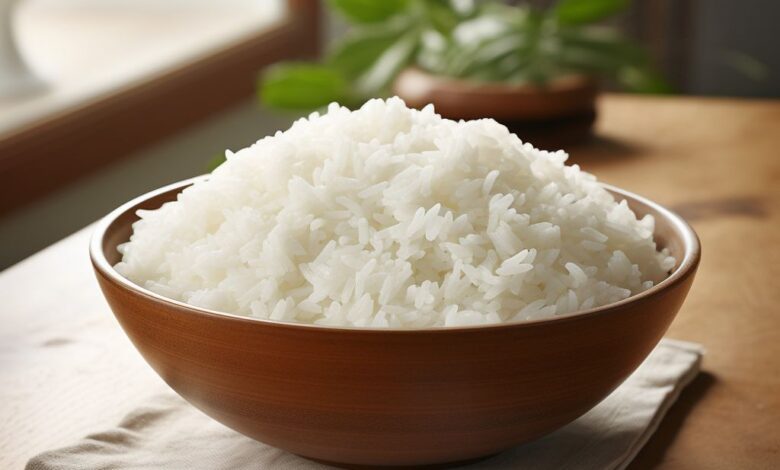Everything you need to know about the shelf life of rice

Rice, a culinary staple worldwide, serves as a fundamental component of numerous cuisines for its versatility and nutritional value. Understanding the shelf life of rice is essential to maintain its quality, prevent wastage, and ensure food safety.
ADVERTISEMENT
1. Uncooked Rice vs. Cooked Rice
Before delving into the intricacies of rice storage, it’s crucial to differentiate between uncooked and cooked rice, each with distinct storage requirements.
ADVERTISEMENT
1.1 Uncooked Rice:
- Uncooked rice, comprising varieties like white, brown, basmati, and jasmine, remains dry and starchy, suitable for prolonged storage under proper conditions.
1.2 Cooked Rice:
- In contrast, cooked rice, resulting from boiling or steaming, possesses moisture and perishability, necessitating careful handling and refrigeration.
How Long Uncooked Rice Lasts
The shelf life of uncooked rice varies based on type and storage conditions, as outlined below:
ADVERTISEMENT
2. White Rice:
- White rice, with lower oil content than brown rice, boasts an extended shelf life of 4 to 5 years or more when stored in airtight containers in cool, dry environments.
3. Brown Rice:
- Brown rice, retaining natural oils and undergoing less processing, typically lasts 6 months to 1 year under ideal storage conditions.
4. Specialty Rice:
- Specialty varieties like basmati or jasmine mirror white rice’s longevity given proper storage.
Storing Uncooked Rice
Understanding the storage options for uncooked rice enhances its shelf life and preserves quality:
5. Room Temperature Storage:
- Uncooked rice thrives in cool, dry conditions away from heat, moisture, and sunlight, making pantry or kitchen cabinet storage ideal.
6. Refrigeration:
- Refrigerating uncooked rice, especially in humid climates or to deter pantry pests, extends its shelf life to around two years or more in airtight containers.
Detecting Spoilage in Rice
Identifying signs of spoilage in uncooked rice aids in maintaining food safety:
7. Odor:
- Fresh uncooked rice exhibits a neutral odor, while rancid or off-putting smells indicate spoilage.
8. Appearance:
- Inspect rice for discoloration, mold, or insect infestations, signaling spoilage and necessitating disposal.
9. Texture:
- Healthy uncooked rice appears dry, with individual grains easily separable. Clumping indicates moisture absorption and spoilage.
Risks of Consuming Spoiled Rice
Consuming spoiled rice poses health risks attributed to bacterial growth and toxin accumulation, leading to food poisoning symptoms such as nausea, vomiting, and diarrhea.
Proper Rice Storage Practices
Adhering to proper storage practices ensures optimal shelf life and quality retention for uncooked rice:
10. Airtight Containers:
- Store uncooked rice in sealed containers or vacuum-sealed bags to prevent moisture, pests, and air exposure.
11. Cool, Dry Environment:
- Maintain rice containers in cool, dry areas, away from sunlight and heat sources, optimizing shelf life and flavor preservation.
12. Refrigeration (Optional):
- Refrigerate uncooked rice for prolonged shelf life, especially in humid climates or for extended storage durations.
13. FIFO Approach:
- Implement a first-in, first-out (FIFO) strategy to utilize older rice batches first, minimizing waste.
Reheating Leftover Rice
Effectively reheating leftover rice ensures food safety and flavor preservation:
14. Microwave Method:
- Reheat rice in a microwave-safe container with added water, stirring intermittently until thoroughly heated.
15. Stovetop Technique:
- Stir-fry rice in a non-stick pan over medium-low heat, ensuring even heating and moisture distribution.
16. Steaming Option:
- Utilize a steamer to reheat rice, maintaining texture and moisture content for a flavorful outcome.
Conclusion
Mastering the art of rice storage and reheating empowers individuals to enjoy this dietary staple while mitigating waste and upholding food safety standards. By following proper storage guidelines and reheating techniques, one can savor the flavors of rice dishes with confidence.




